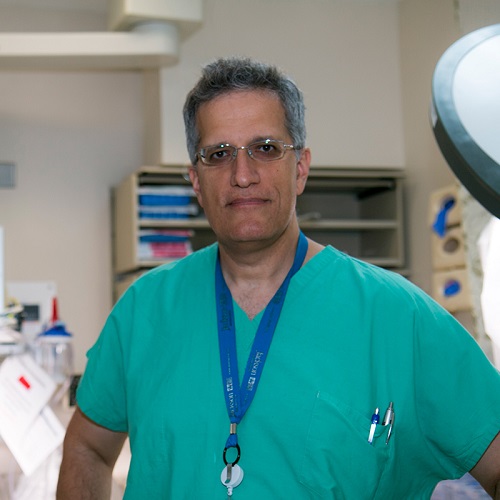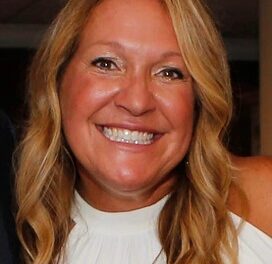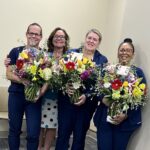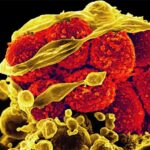Dr. Nicholas Namias
By Barbara R. Fallon
When we think of a traumatic injury or illness, we assume there is a trained team of around-the-clock doctors and nurses who will help treat victims. We assume there is specialized pre-hospital transportation like a helicopter to get patients to the care they need quickly; however, unless you’ve had the unfortunate need for a trauma center, those assumptions probably originate from TV, movies, or stories from others.
In fact, according to Nicholas Namias, MD, MBA, FACS, FCCM, trauma surgeon and medical director at Ryder Trauma Center at Jackson Memorial, you can assume all of the above plus a comprehensive continuum of trauma care. Ryder Trauma is home to the Miami Burn Center, which provides world-class burn treatments through advanced reconstructive techniques. The center also features critical care beds, six dedicated trauma ORs, specialized intensive care units, and a rehabilitation gym – all staffed by multidisciplinary teams to help accelerate rehabilitation at every stage of trauma recovery.
According to Dr. Namias, there are two valid philosophies of care among trauma experts—“stay and play” (relay resuscitation procedures while in the field prior to transport) or “scoop and run” (immediately transport and communicate with first responders while enroute) to describe pre-hospital care.
“Typically, we follow the latter because while we maintain communications with first responders during patient transport, we have every subspecialty onsite ready for immediate assessment and treatment initiation with assessment beginning on the helipad directly above and only a short elevator ride away from the Trauma Resuscitation Unit,” he explained.
Experience shows rapid assessment and management of trauma care is directly related to immediate initiation of life-saving procedures and improved patient outcomes. At Ryder Trauma, there is no need to waste minutes calling in specialists for spine, brain, or any internal trauma injury because all sub-specialties are on-site 24 hours a day, seven days a week. The six trauma operating suites are designed to accommodate simultaneous care from trauma orthopedic teams, neurosurgeons, anesthesiologists, surgeons, and nurses to reduce operating room time. The convenient proximity of advanced diagnostic modalities is designed to provide critical assessment information to the trauma team quickly and efficiently.
“Obviously, Ryder Trauma’s speed to care relies on prompt ground and air transport and immediate assessment and resuscitation implementation. Our sheer size and volumes, high severity levels, research, and experience puts us at the top of a small fraternity of trauma centers across the nation,” Dr. Namias explained.
Dr. Namias described the spirit of trauma specialists. “Most of us were hit – like a lightning bolt – early in our careers, with the desire to do the most good in potentially fatal patient dilemmas. We’ve trained in the busiest of trauma centers and gathered the expertise to feel absolutely confident that we are able to fix what sometimes seems incurable,” he explained. “Integral to care and education are our trauma fellows who see the unimaginable almost every day. The sheer volume and high injury severity give them significant training in brain, chest, and abdominal injuries, as well as multi-system trauma to gain the critical hands-on experience of saving lives.”
Ryder Trauma staff regularly present and participate in national and international conferences to share experiences and learn about the constant medical innovations on the horizon.
The experienced trauma team also includes anesthesiologists who are the world’s leading experts on securing and protecting the injured patient’s airway and breathing as soon as patients enter the Ryder Trauma Center, while trauma social workers and counseling services are on hand to help families cope. Physical and occupational therapists are intricately involved in rehabilitation from Day 1, and metabolic experts and dieticians monitor calorie and protein nutrition intake for patients in the most critical moments.
Trauma support and design aspects that may seem like simple, inconsequential things to the layman are critical to survival, like:
- Temperature monitoring, warm airflow and rapid infusion warming devices, because trauma patients are particularly susceptible to cooler temperatures due to blood loss.
- Twenty-five trauma-focused beds, trauma intensive care unit (TICU), five of which are dedicated to critically injured burn victims, in addition to an 18-bed intermediate care unit for trauma patients.
- Tele-monitoring in ICU to reduce risk of infection while maintaining constant contact with patients and educational monitoring for fellows.
- Center for Bloodless Medicine and Surgery for patients whose personal beliefs prohibit blood transfusions.
Community and Medical Education Contributions
While all this is proof of lifesaving capabilities in trauma care, Ryder Trauma doesn’t stop there. Trauma Fellowship programs have increased the number of national and international experts who train in hands-on trauma resuscitation here, and Ryder Trauma is the nation’s only trauma surgical sustainment program for the U.S. Army. Also, proactive education of children, teens, and seniors in trauma prevention includes gun violence interruption programs where youthful offenders come on-site to see the consequences of gun injuries to patients and their families. It has tallied some of the lowest repeat offenders rates and fosters safe communities.
“Many of the same faces who opened the trauma center more than 30 years ago are there today and that intense commitment is a testament to the good that we do for the community, one patient at a time, and to the world through the generations of trauma care providers who have learned their profession at the center,” Dr. Namias said. “Too often we deliver the worst news of someone’s life; but the miracles we make when we save a life makes it all worth it.”
For more information, visit https://rydertraumacenter.jacksonhealth.org/



























